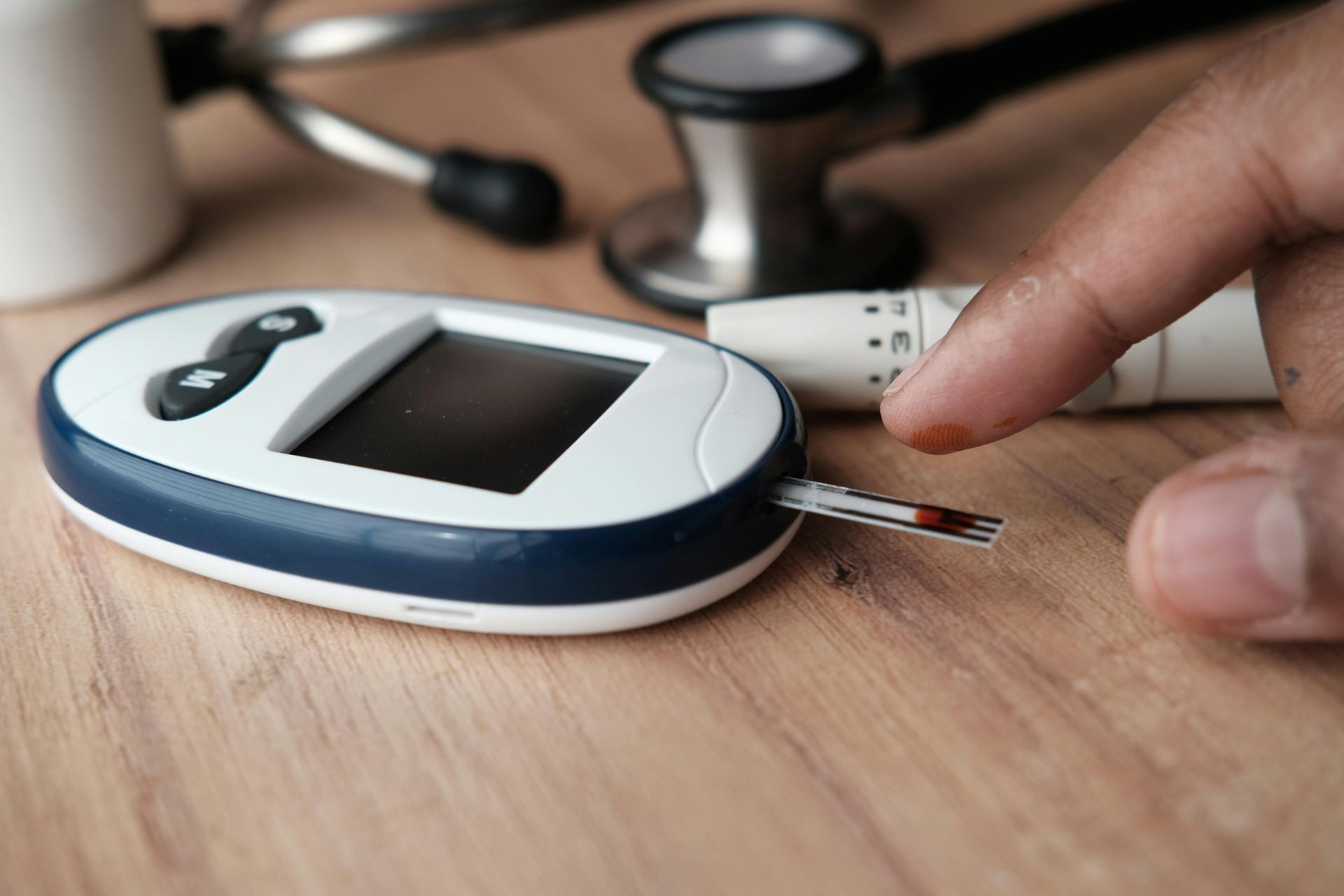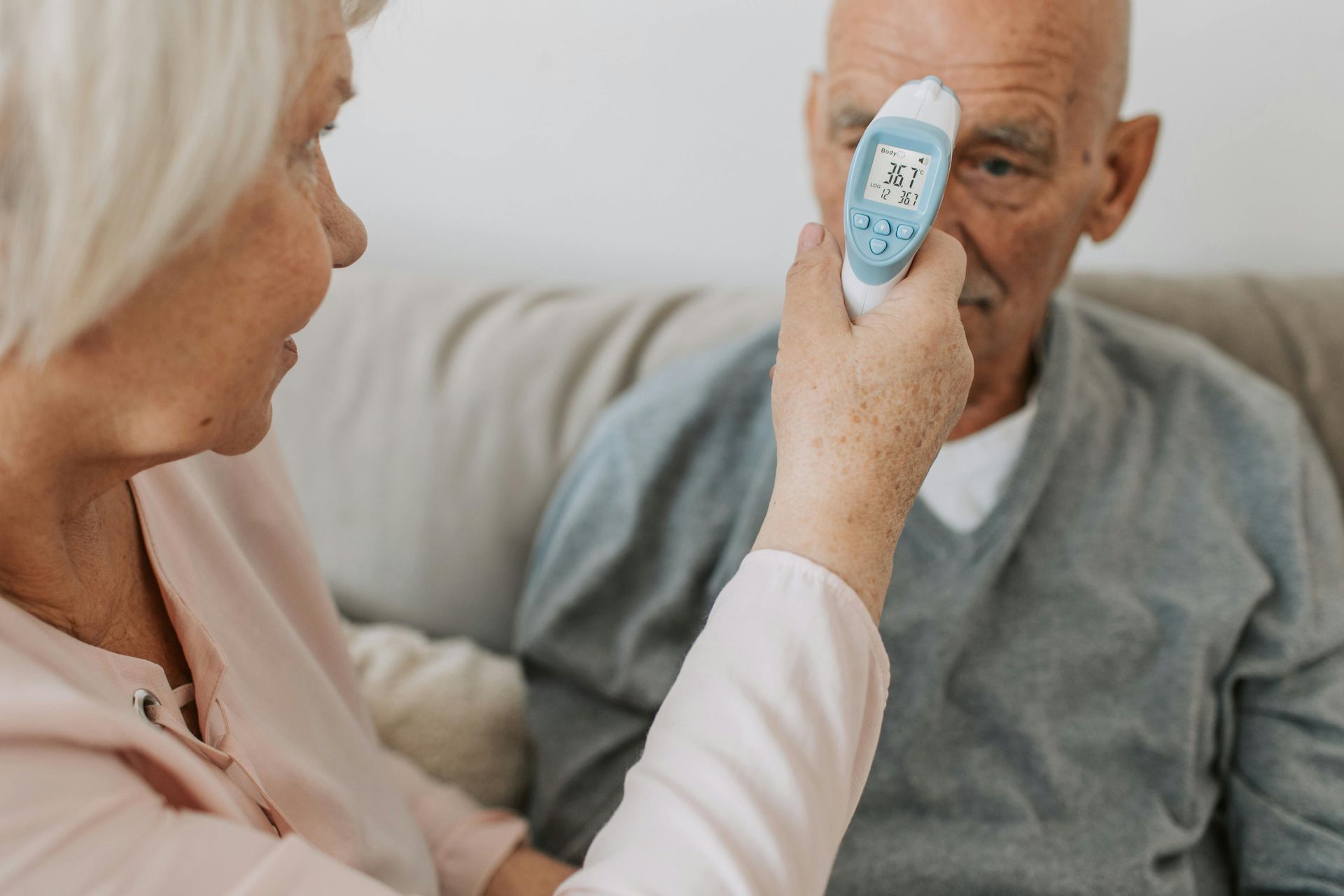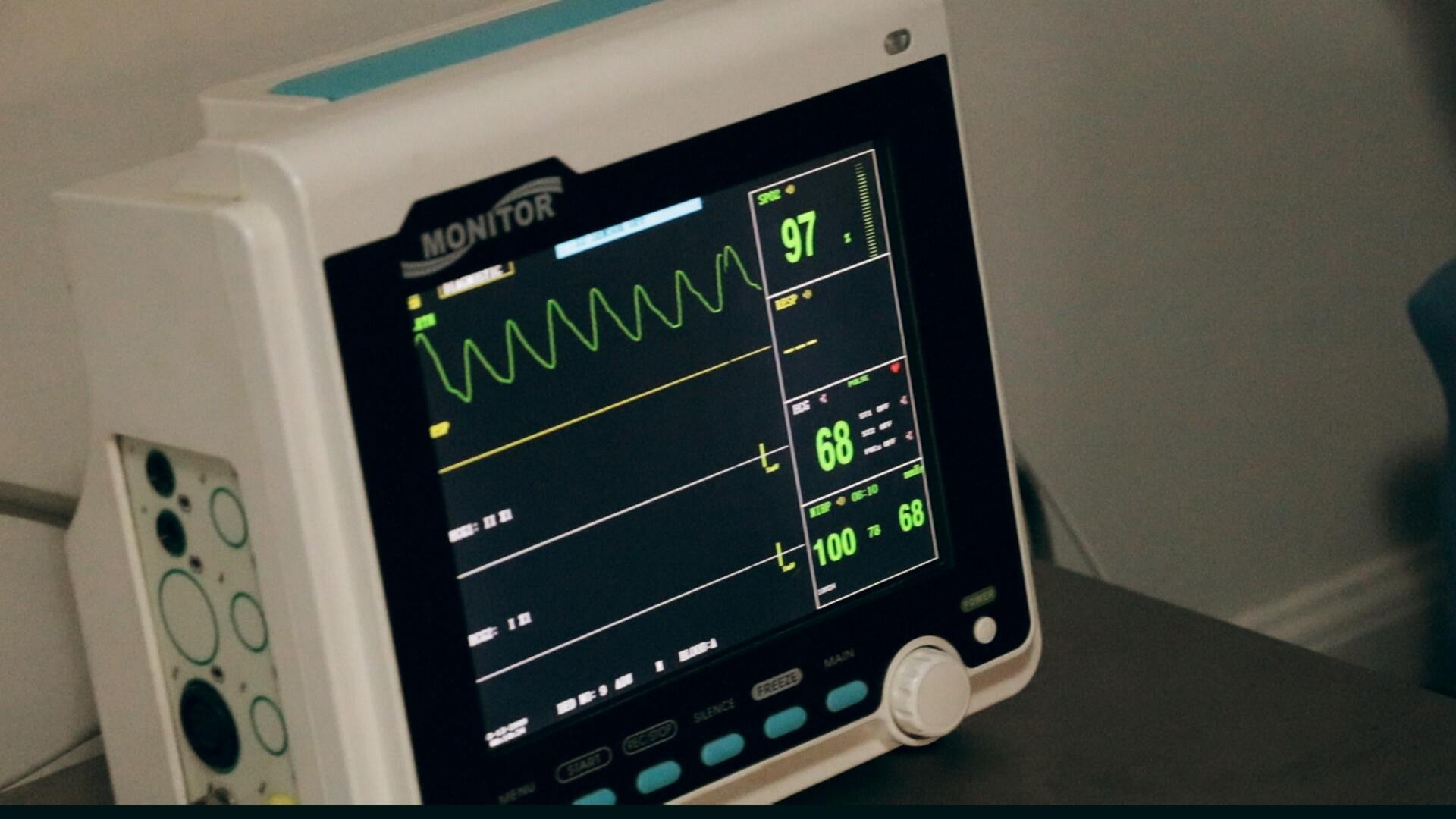Avoid FDA Setbacks with Effective Usability Testing
Navigating the regulatory landscape of medical devices can be a challenging endeavor. For companies aiming to bring innovative solutions to market, meeting FDA regulatory requirements is a critical milestone. But as anyone in the industry knows, even a minor misstep can lead to delays, increased costs, or even product rejection.
One of the most effective ways to avoid these setbacks? Incorporate usability testing into your development process. Usability testing not only ensures that your device meets user needs but also helps identify and mitigate risks that could raise red flags during FDA reviews. Here’s why usability testing is essential and how it can safeguard your path to approval.
Why Is Usability Testing Crucial?
Medical devices are often used in high-pressure environments, where both usability and safety are non-negotiable. The FDA recognizes this and requires manufacturers to demonstrate that their devices are safe and effective for the intended user and use environment.
Usability testing, as part of human factors engineering, focuses on understanding how real-world users interact with a product. This prevents assumptions about user behavior, identifies design flaws early, and ensures the device can be used safely and effectively.
By conducting comprehensive usability tests, manufacturers can gather critical data to meet
FDA medical device requirements and minimize the risk of usability-related setbacks.
Avoiding Common Usability Pitfalls
Many FDA setbacks stem from user errors or design oversights that could have been caught earlier. Below are examples of common issues and how usability testing helps address them:
- Confusing Interfaces
Imagine a medical device with a touchscreen interface that requires nurses to enter patient data. If the interface is overly complex or unintuitive, it could lead to input errors or delayed responses in critical situations.
How Testing Helps: Usability testing reveals areas where users struggle with the interface. By observing real users in action, you can simplify navigation, adjust button placement, or streamline workflows to create a more intuitive design. - Misinterpreted Instructions
Poorly written or overly technical instructions could result in improper use of the device, potentially compromising patient safety. For instance, if users misunderstand how to set dosage levels on an infusion pump, the consequences could be dire.
How Testing Helps: Through usability tests, manufacturers can validate whether instructions are clear and actionable. Iterating on phrasing or including visual aids ensures better comprehension, reducing the risk of misuse. - Physical Ergonomics
Devices designed without consideration for user comfort may fail to gain approval. Take, for instance, a wearable device with straps that are uncomfortable or difficult to adjust. Although the technology might work perfectly, poor ergonomics can alienate users and raise concerns with regulators.
How Testing Helps: Testing prototypes with end-users highlights discomfort or awkwardness, allowing designers to tweak materials, shapes, or sizes to better suit users’ needs. - Failure in High-Stress Scenarios
Many medical devices, such as defibrillators or ventilators, are used in emergency conditions where fast, accurate operation is critical. A design that performs well in controlled lab environments might falter under the stress of real-world scenarios.
How Testing Helps: Simulated environments or high-pressure scenarios in usability testing can expose flaws that don’t arise under normal conditions. It ensures the device meets the demands of its intended use environment.
Demonstrating FDA Compliance Through Usability Testing
The FDA has specific expectations when it comes to usability testing, outlined in guidelines such as
Applying Human Factors and Usability Engineering to Medical Devices. Meeting these expectations requires a structured usability testing approach, often starting in the early stages of development. Here’s how you can align your efforts with FDA requirements:
- Define the Intended Use and Users
Start by identifying who will use your device (e.g., healthcare professionals, patients) and the environments where it will be used (e.g., hospital, home use). This helps focus your usability testing on realistic scenarios. - Conduct Formative Testing
During the design phase, run iterative usability tests to evaluate early prototypes. This helps refine the design and resolve basic issues before they escalate into major problems. - Perform Summative Testing
Summative testing, often referred to as human factors validation testing, is conducted later in development to validate the device’s safety and effectiveness under realistic conditions. Data gathered here plays a vital role in FDA submissions. - Document Findings Thoroughly
The documentation of your usability testing process is as important as the tests themselves. Include detailed records of methods, participant demographics, test results, and the actions taken to address any issues. This evidence demonstrates your commitment to meeting FDA expectations.
Looking Ahead
Effective usability testing isn’t just about avoiding FDA setbacks; it’s about designing better devices that meet user needs and improve patient outcomes. By focusing on users from the start, you not only reduce regulatory risks but also create products that stand out in a competitive market.
Whether you’re developing a wearable monitoring device, a diagnostic tool, or a surgical robot, usability testing should be an integral part of your process. It’s not a step to take lightly—it’s an investment in your product’s success and the trust of the people who will use it.
Take the time to prioritize usability testing. The effort you put in now can save months, or even years, of delays down the road—ensuring that innovative medical devices reach those who need them most.
Frequently Asked Questions
How early in the development process should usability testing begin?
Usability testing should start as early as the design phase. Early formative testing allows you to identify and address potential design flaws before they escalate, saving both time and resources while ensuring compliance with FDA standards.
What types of user environments should be simulated during testing?
Simulated environments should reflect real-world conditions where the device will be used, such as hospitals, clinics, or even patient homes. Including high-stress scenarios or emergency conditions ensures the device performs reliably across various use environments.

Carol Barnum
Carol brings her academic background and years of teaching and research to her work with clients to deliver the best research approaches that have proven to produce practical solutions. Carol’s many publications (6 books and more than 50 articles) have made a substantial contribution to the body of knowledge in the UX field. The 2nd edition of her award-winning handbook Usability Testing Essentials is now available.





